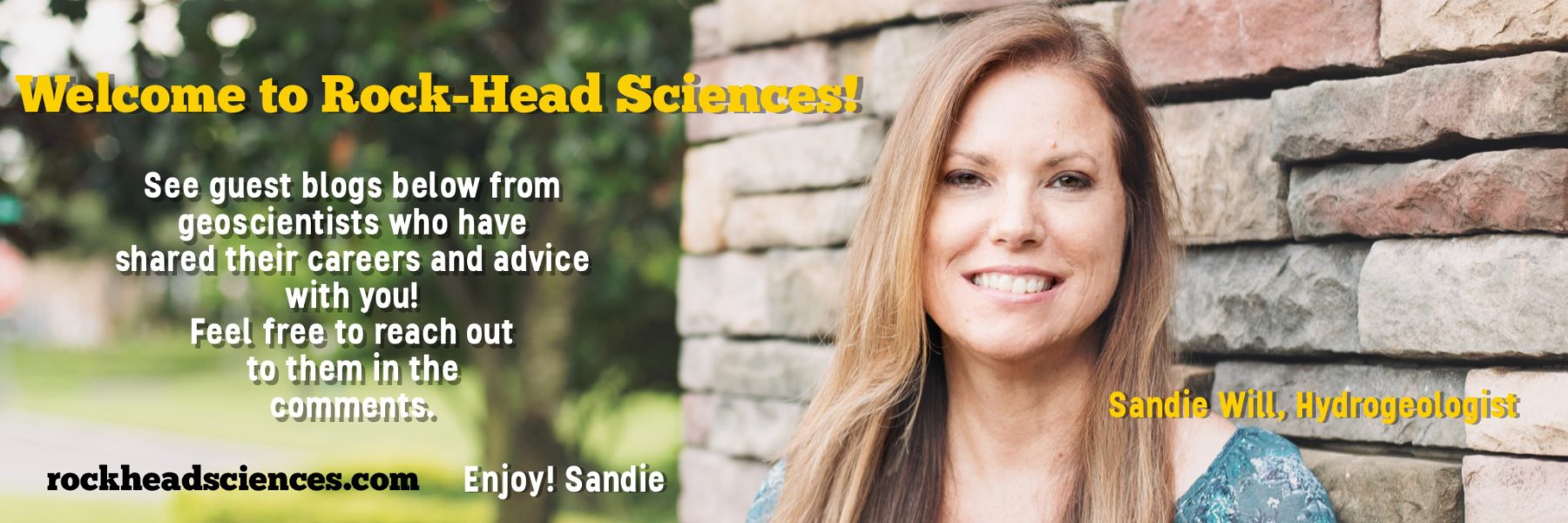
NAME: Michael Pyrcz
CURRENT TITLE: Associate Professor, Cockrell School of Engineering, Jackson School of Geosciences, The University of Texas at Austin (3 years)
AREA OF EXPERTISE: Subsurface/Spatial Data Analytics, Geostatistics, and Machine Learning
YEARS OF EXPERIENCE: 3
EDUCATION: B.Sc. Mining Engineering, Ph.D. Geostatistic
WEBSITE: http://www.michaelpyrcz.com/
YOUTUBE: https://www.youtube.com/channel/UCLqEr-xV-ceHdXXXrTId5ig
TWITTER NAME: GeostatsGuy
What’s your job like?
My role as an associate professor is full of amazing opportunities and really wonderful experiences. All the time I get to stand in front of lecture halls full of students and teach brand new concepts to expand their minds, provide extra mentoring for struggling students that then improve and ultimately ace my final, teach working professionals new skills that they use to realize new opportunities and encourage someone to enter the STEM field. Professor life is jammed full and busy, and there are constant funding disappointments, but the way we impact lives makes it all worth it! I feel a heavy weight of responsibility to society in my role as an associate professor!
What’s a typical day like?
It all starts early, so I can get a couple of hours of focussed time at the office. I’ll use that time to respond to student questions, often including reviewing their recent research results and paper drafts. My days are full of meetings with my 12 Ph.D. students, undergraduate research students, and students from my classes (I generally have an open door policy). I’m constantly reviewing student work and mentoring students.

Of course, I also teach classes, hold regular office hours, and some grading marking (my graduate students are amazing teaching assistants, thank you!). I’ve got to the point where I’m ready to lecture without too much preparation, although I do like to improve/expand content and record lectures and tutorials to further support my students. My courses are evergreen and I don’t use textbooks. Instead, I provide a lot of lecture notes, examples, and well-documented workflows in Python Jupyter notebooks.
I frequently host conference calls with industrial partners to learn of their needs and to review recent results. I’m always chasing funding to support my students and working to find internships and full-time jobs. I fill in any [too infrequent] gaps by reading some recent papers and brainstorming new ideas to charge the research pipe. I often go home way too late to find some dinner, exercise and review a paper for a journal. Often, to keep up I work much of the weekend. Sometimes I hide and code, I find that making things with code is restful!
What’s fun?
I love working with students. I empathize with them and have a lot of respect for their drive, enthusiasm, and progress. I like the scientific debates where I can challenge my graduate students to grow and become more independent. In industry, teaching and mentoring were my favorite tasks and now as a professor, I get to do it all the time. Beyond the geoscience and engineering, I like to use the leadership skills that I learned in the industry so that I can mentor my students on leadership skills for career success.
Coming up with new ideas is thrilling. It is very cool that we can play a role in contributing to human knowledge and quality of life for society. There is so much that remains unknown. Everywhere I look there is an opportunity to learn more about the geology of this amazing planet.

©2020 Michael Pyrcz
What’s challenging?
The subsurface problems we solve are very difficult. We often have too little data and the geology is heterogeneous and complicated. It is humbling, but we do our best to build new models that better represent the incomplete state of our knowledge.
The new innovations in data analytics and machine learning require my team and me to keep up! Everything is moving very quickly, but it is exciting to be part of this great digital revolution. We always challenge ourselves to make this new technology useful and accessible for the geoscience and engineering communities.
There is so much to do, it can be a challenge to remain focused and a bit overwhelming. I have to be vigilant to make sure that I am prioritizing to meet immediate demands while working toward the big, long-term goals.
What’s your advice to students?
Reach out and talk to folks in the field you are interested in. Folks like Clayton Deutsch (a mentor during my undergraduate studies that later became my Ph.D. advisor) had a huge impact on the path that I took. Many of us are happy to provide frank assessments.
Be quantitative. Learn statistical/data analytics methods to better summarize and understand the significance of your field observations, use geostatistical methods to export this information to models that impact major decisions.
Pick up some coding. You’ll be able to automate your workflows, run fast experiments, and deploy your novel methods to others. Be like Zoltan Sylvester and Brian Willis and run novel experiments, make amazing figures and animations for enhanced communication or even be like Tao Sun and model the geological processes. You don’t have to be an advanced C++ programmer, but a little Python could go a long way.
Keep learning. Subsurface asset teams are integrated. Learn enough about geophysics, subsurface engineering, petrophysics in addition to geoscience so that you can communicate and integrate the value from all the scientific disciplines. Also, seek out and adopt new technologies to remain current.
Stay visible. After graduate school keep active in the professional community including presenting at conferences, publishing in journals, participating in outreach, etc. The way you are valued inside a company is often proportional to the way you are valued outside the company.
If you are experiencing issues with stress, seek help early. The stress in school is a warm-up for professional stress. We subsurface professionals carry a lot of responsibility. Learn about and foster healthy coping skills early to prepare for a happy, long, successful career.
